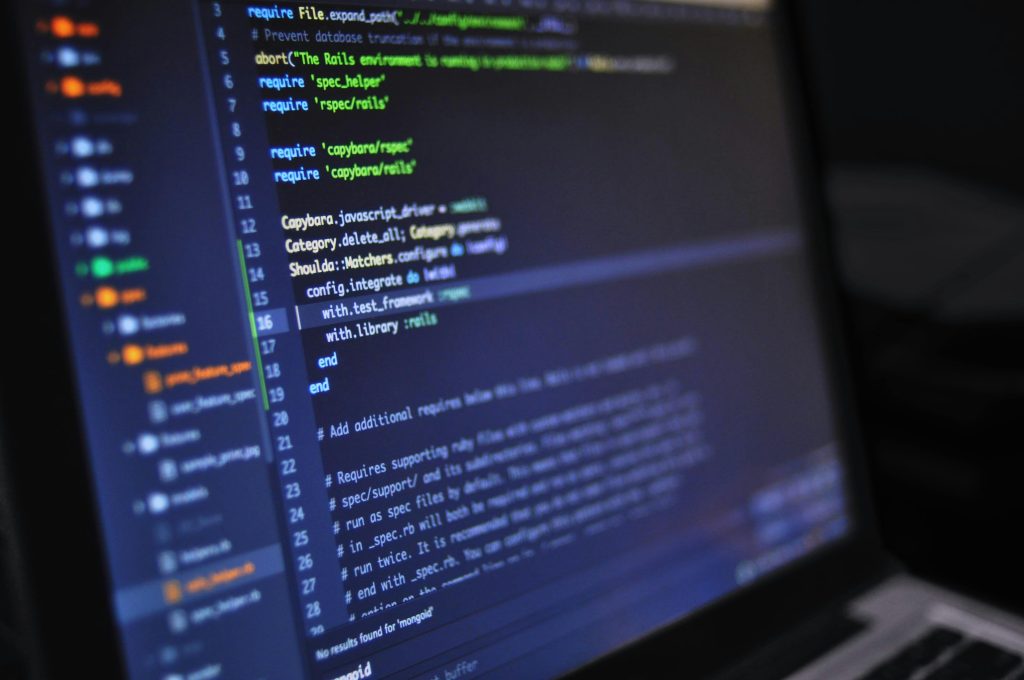Introduction
In a world buzzing with notifications, meetings, and never-ending to-do lists, staying focused on a single task from start to finish can feel nearly impossible. Task interleaving—a method of working on multiple related tasks in short bursts rather than one at a time—offers a powerful alternative. By strategically switching between tasks, you can maintain high engagement, reduce mental fatigue, and leverage cognitive “reset” moments to sustain productivity throughout the day. In this post, we’ll explore the science behind task interleaving, compare it to traditional batching, and offer practical strategies to integrate interleaving into your workflow for maximum output and well-being.

What Is Task Interleaving?
Task interleaving (sometimes called “rapid context switching” or “micro-batching”) involves alternating between two or more tasks at regular intervals or natural breakpoints, rather than completing one task before moving to the next. For example, instead of writing and editing an entire blog post in one sitting, you might draft for 30 minutes, switch to responding to emails for 15 minutes, then return to editing your draft.
Key characteristics include:
- Short work intervals: Typical blocks range from 15 to 45 minutes.
- Related task groups: Interleaving often works best with tasks that share context (e.g., writing and editing, coding and debugging).
- Deliberate switching: You plan the switches in advance, rather than being derailed by ad-hoc interruptions.
Analogy: Think of task interleaving like rotating crops in a field—by cycling through different plants, the soil stays fertile and pests don’t get comfortable. Similarly, your mind stays fresh when you cycle through tasks.
The Science Behind Interleaving
1. Reducing Cognitive Fatigue
- Monotony avoidance: Sustained focus on one task can lead to mental exhaustion. Switching tasks refreshes your attention and prevents the “attention tunnel” where everything starts to blur.
- Micro-breaks: Even brief shifts give your brain a chance to recover neurotransmitter levels (dopamine, acetylcholine), restoring alertness and motivation.
2. Enhancing Memory Encoding
- Contextual variation: Studies in cognitive psychology show that alternating related tasks can improve long-term recall by exposing the brain to varied contexts, strengthening neural associations.
- Spacing effect: Interleaving mimics “spaced repetition,” where revisiting a task after a break cements learning more effectively than massed practice.

3. Optimizing Flow States
- Flow “warm-ups”: Some tasks (creative writing, complex problem-solving) require ramp-up time to enter deep focus. Interleaving lighter tasks between heavy ones can maintain momentum without completely derailing flow.
- Dynamic arousal: Alternating task demands keeps your arousal level in the optimal zone—neither bored nor overwhelmed.
Research Insight: A 2018 study in the Journal of Experimental Psychology found that participants who interleaved study of related topics performed 20% better on later tests than those who blocked their study time³.
Interleaving vs. Task Batching
| Aspect | Task Batching | Task Interleaving |
|---|---|---|
| Focus | Deep, uninterrupted blocks on one task | Frequent switches between tasks |
| Ideal for | Homogeneous tasks (e.g., phone calls, emails) | Heterogeneous but related tasks |
| Risk of fatigue | Higher—long stretches can burn you out | Lower—built-in variety keeps engagement |
| Setup overhead | Low once batch starts | Moderate—requires planning switch points |
| Memory & learning | Lower—repetition in single context | Higher—contextual variability aids recall |
When to use each:
- Batching excels for trivial, uniform tasks (replying to emails, scheduling meetings).
- Interleaving shines for creative or analytical work where mental freshness and varied context boost performance.
Practical Strategies for Task Interleaving
1. Identify Compatible Task Pairs
Group tasks that share some cognitive overlap:
- Writing & editing: Draft a section, switch to editing a previous section.
- Coding & testing: Write code for one module, then run tests or debug another.
- Design & review: Sketch a layout, then review feedback on an earlier version.
2. Choose Your Intervals
Experiment to find your sweet spot:
- 15–20 minutes: Ideal for highly focused, mentally taxing tasks.
- 30–45 minutes: Better for moderately complex work where you need deeper immersion.
Use a timer or a productivity app (e.g., Toggl, Forest) to keep you honest about switch times.
3. Plan Your Switch Points
- Natural breakpoints: End a paragraph, complete a sub-task, finish a ticket.
- Fixed intervals: If natural breaks aren’t obvious, switch on the timer.
- Buffer tasks: Insert a brief, low-cognitive task (e.g., tidy your desk, stretch) as a “soft landing” between major tasks.
4. Minimize Context-Switching Costs
- Maintain clear to-do lists: Keep next steps for each task logged so you don’t waste time recalling where you left off.
- Use dedicated workspaces: Desktop tabs or separate windows for each task help your visual system stay oriented.
- Leverage templates: For recurring tasks, have checklists or templates ready to speed ramp-up.
5. Review and Refine
At the end of the day or week:
- Track completion rates: Which tasks got done faster?
- Note mental energy curves: Did certain switches feel jarring?
- Adjust groupings and intervals: Tweak based on what felt natural and effective.
Pro Tip: Combine interleaving with a daily “theme”—e.g., Monday for strategy, Tuesday for content—so your brain builds context while still enjoying task variety within the theme.
Real-World Example: A Content Creator’s Workflow
- 08:00–08:30 — Review and categorize incoming emails (batching).
- 08:30–09:00 — Draft blog introduction.
- 09:00–09:15 — Quick design tweaks on social-media graphics.
- 09:15–09:45 — Continue drafting blog section.
- 09:45–10:00 — Review and post social-media updates.
- 10:00–10:30 — Edit previously drafted blog sections.
By interleaving drafting and editing with lighter design and admin tasks, the creator maintains momentum on the blog post while preventing burnout.

Common Pitfalls and How to Avoid Them
| Pitfall | Solution |
|---|---|
| Overzealous switching | Stick to planned intervals; don’t switch mid-thought |
| Jumbled to-do lists | Use clear task headers and next‐step notes |
| Underestimating setup time | Factor in ramp-up for each switch (use buffers) |
| Mixing unrelated tasks | Keep task groups thematically linked |
Conclusion
Task interleaving offers a strategic balance between depth and variety, tapping into our brain’s strengths in contextual learning and recovery. By alternating between related tasks at planned intervals, you reduce fatigue, strengthen memory retention, and keep motivation high throughout your workday. Start small—identify two compatible tasks, set a timer for 20 minutes, and experience the productivity boost yourself. With practice, interleaving will become a natural part of your workflow, helping you accomplish more with less mental strain.

